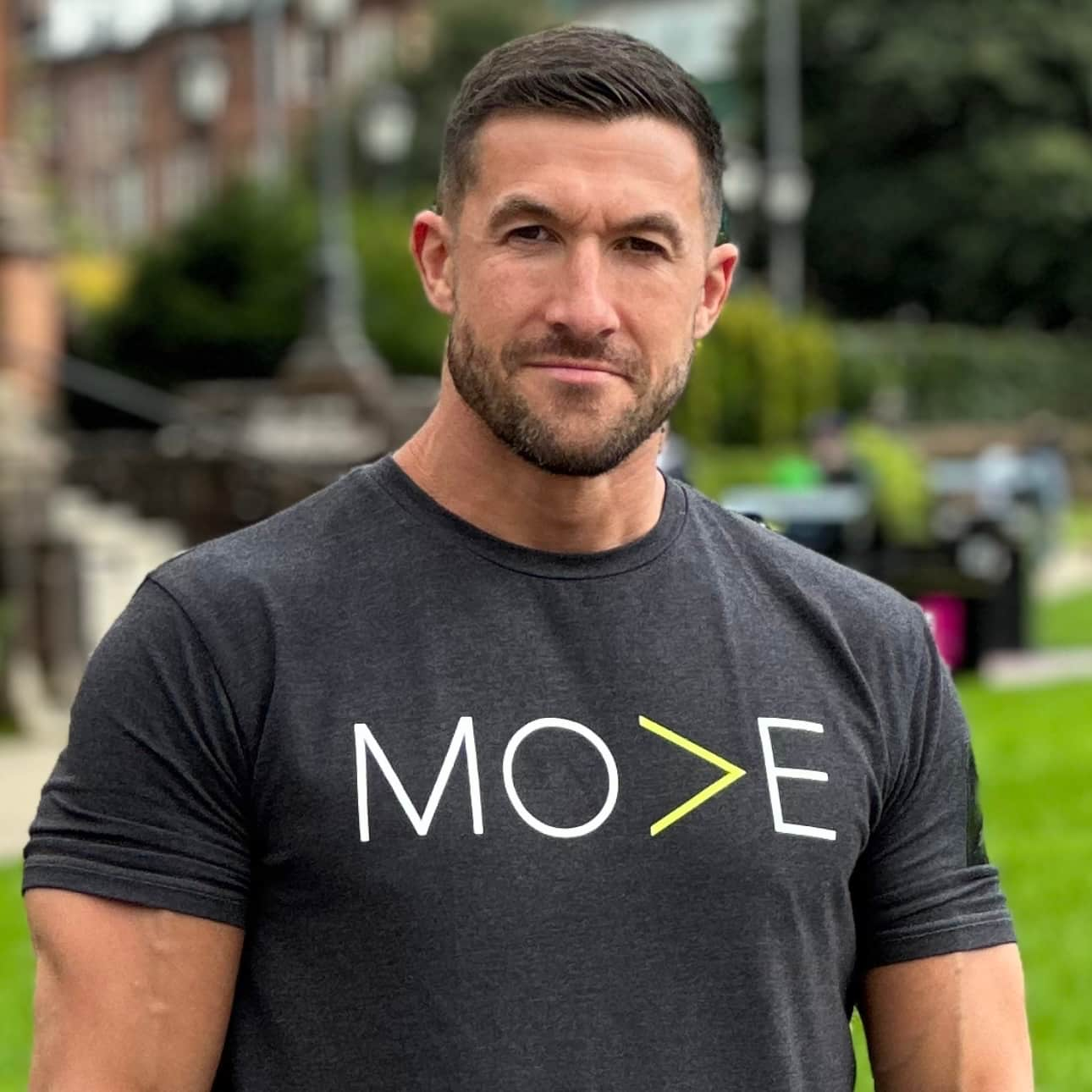Have you ever wondered why some people achieve their goals while others don’t? According to psychologist Edwin Locke, the key to achieving your goals lies in how your goals are set.
Locke’s Goal-Setting Theory shows that clear, specific, and challenging goals can help us stay motivated and perform better.
Throughout this blog, we will explore everything you need to know about Locke’s goal-setting theory and how you can apply his theory to your goals.
Who is Edwin Locke?
Edwin Locke is an American psychologist best known for co-developing the Goal-Setting Theory. Along with his passion for psychology, he taught motivation and leadership at various universities in the U.S.
His research focused on motivation, job satisfaction, and self-development strategies that enhance the quality of life. Locke, along with Dr. Gary Latham (who also created SMART goals), shaped one of the most influential theories in the field of motivation and management.
Though his work dates back to the 1960s, it remains incredibly relevant today, offering powerful tools for achieving both work-related and personal goals.
What is Edwin Locke’s Goal Setting Theory?
In the late 1960s, Edwin Locke came forward with a completely fresh idea for goal setting. His theory (a goal-setting theory of motivation) was directly linked to completing tasks and increasing the performance of the tasks.
He stated that each goal has to be specific and challenging – but feedback is a key part of benefiting the employee or employees to receive better results.
Locke’s principles suggest that knowing what needs to be done and setting a clear timeline gives people the motivation to achieve their goals.
Not only will this increase job motivation, but having a clearer mind will lead to a greater output when it comes to the project.
According to Locke, goals should be achievable but also challenging to an extent. Without a challenge, the task may feel pointless. However, if a goal is too challenging, it could lead to stress or burnout, which ultimately reduces productivity.
But, what exactly is Edwin Locke’s goal-setting theory? Let’s take a look at the five principles of goals that make up this strategy:
1- Clarity
Clear goals are essential. Without a clear understanding of what you need to achieve, it’s difficult to focus and make progress.
Before you enter any field of work, you must make sure you understand the goal. Therefore, the first component of ‘What is Edwin Locke’s Goal Setting Theory’ is to have a clear understanding of the challenge in front of you.
2- Commitment
When you commit to a goal, it should become your top priority, something you’re willing to work towards long-term.
If you do not have a passion for the goal you’re trying to achieve, it will never get done. As a result, when you’re on the search to accomplish your specific goal, you must make sure it is your main priority and is sustainable.
3- Challenging
Don’t settle for easy goals. Setting challenging, measurable, and realistic goals is crucial for success. You should always strive to set goals that are measurable, attainable and realistic.
4- Feedback
Regular feedback helps adjust and refine your progress. Whether it’s from others or self-reflection, feedback keeps you on track and helps you stay motivated.
5- Task
Sometimes a goal may feel too complex or overwhelming. In those cases, breaking it down into smaller, manageable steps—or adjusting it with a SMART goal—can help you stay focused and accountable.
Examples of Locke’s Goal Setting Theory
Edwin Locke’s Goal Setting Theory stresses the importance of setting specific, challenging goals to improve performance. Here are two real-life examples of how this theory can be applied:
1- Corporate Sales Targets
Many businesses set specific and challenging sales goals for their employees to boost motivation and performance.
For example, a company might set a target of increasing sales by 20% within the next quarter. This aligns with Locke’s principle that specific goals lead to better performance.
Employees are more motivated when they have clear objectives to achieve, and knowing that the goal is achievable but still challenging can push them to work harder.
2- Athletic Training
In sports, coaches often set specific, challenging goals for athletes, such as improving a runner’s 100-metre sprint time by a certain amount of time.
Setting measurable and challenging goals means that athletes are more focused on their training and more motivated to push their limits.
Turn Your Goals into Achievements with Locke’s Framework
By now, you should have a better understanding of the five key principles of Locke’s Goal-Setting Theory:
- Clarity
- Commitment
- Challenge
- Feedback
- Task complexity
Applying these principles when setting your goals will help you break down big ambitions into actionable steps and achieve success.
Breaking these principles down into smaller parts for each one of your goals, along with working on traits such as discipline, consistency and effective planning will lead to the best chance of self or team success.
Start applying these principles today, and turn your goals into progress, progress into results, and results into success!
If you feel you could benefit from some extra support when it comes to setting and sticking to goals, we at MOVE can help. For more information, contact us today at 0752 970 718. We are more than happy to help!

Mark is a multi-award winner in business networking and relationship building. He is passionate about coaching and mentoring business owners and professionals through 1-1 & group coaching, team performance workshops and group mastermind sessions.

